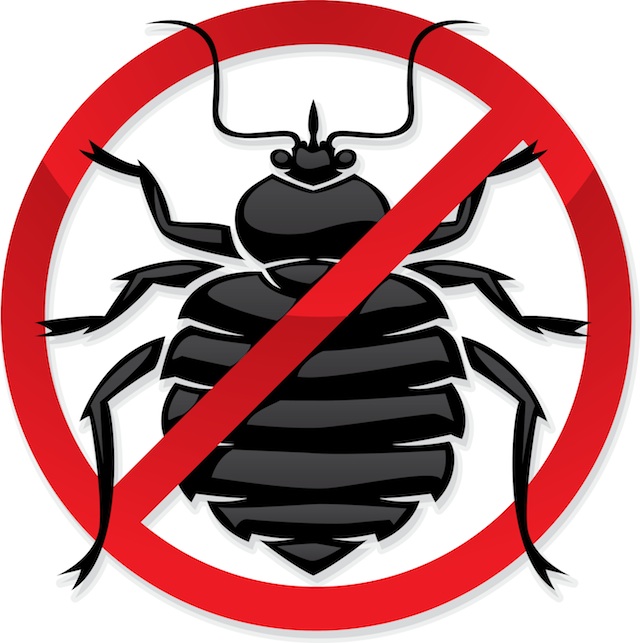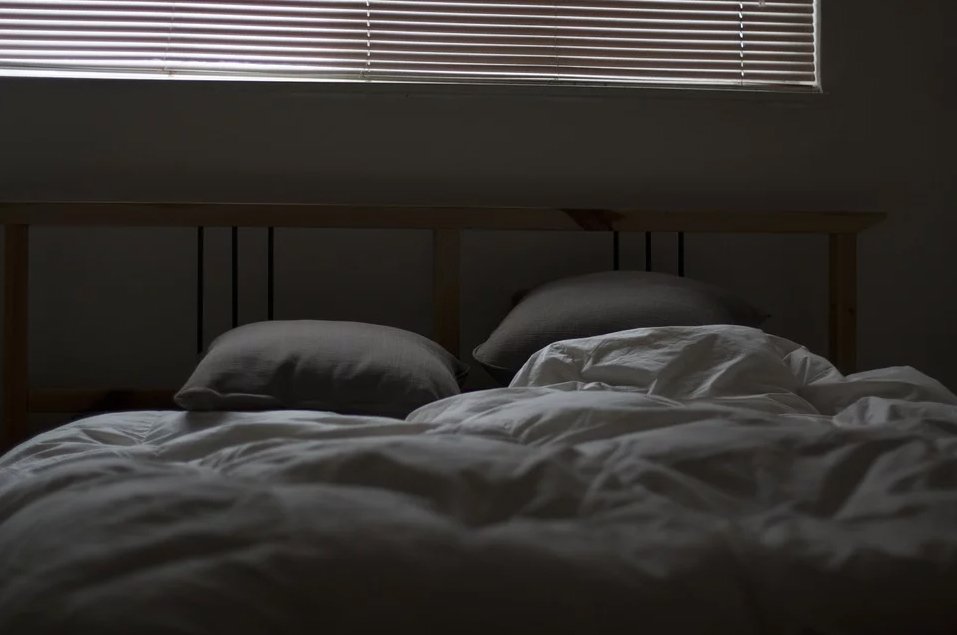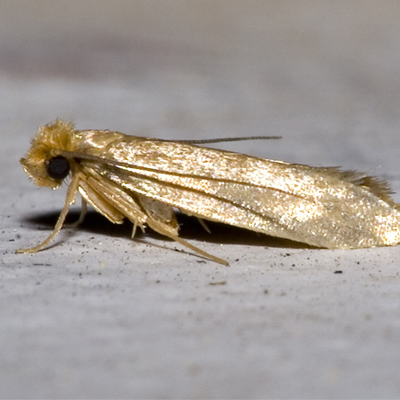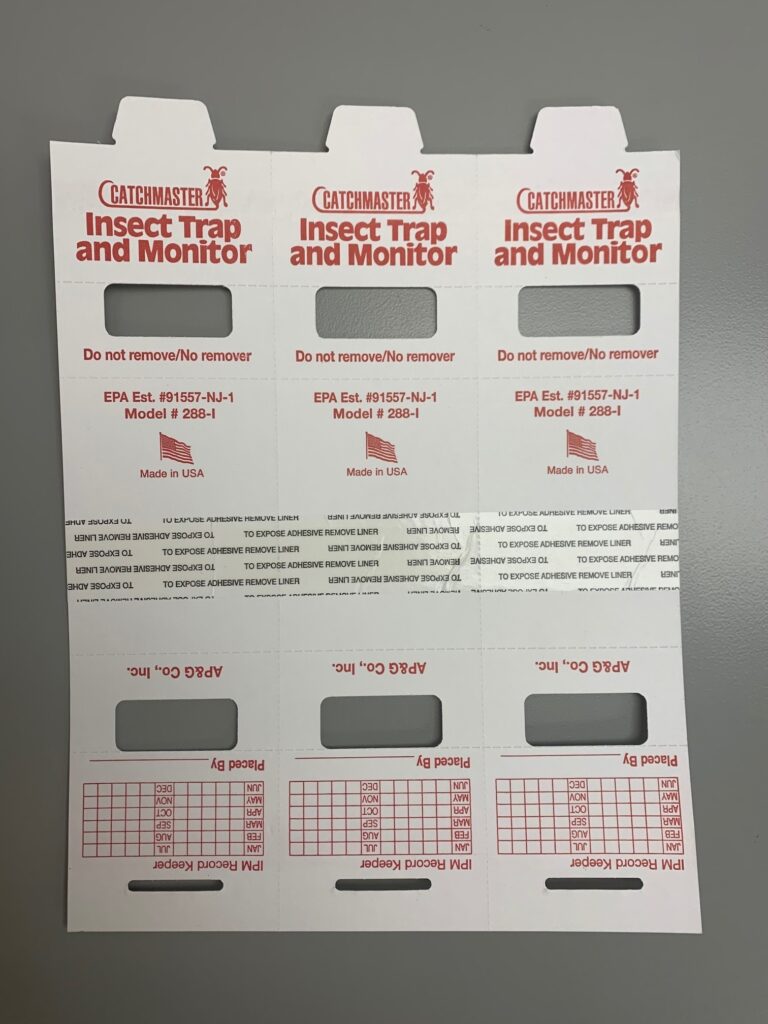
DESCRIPTION
Adults are up to 5/8” long, flat or hollow beneath and are dark to slate gray in colour. Sowbugs have 7 pairs of similar legs, 2 pairs of antennae, 1 tiny, the other readily visible. They have 2 tail-like appendages which project out from the body on the rear end and are also capable of rolling into a loose ball when disturbed.
Biology
The eggs are deposited and hatch within the brood pouch on the underneath side of the body. It usually takes about 45 days for the eggs to develop, hatch, and the young sowbugs to emerge from the pouch. The number of young per brood averages about 24 (range to 88) and there are 1-3 broods per year. Young sowbugs molt every 1-2 weeks and reach adulthood in about 20 weeks. Adults may live about 2 years. Sowbugs are confined to areas of high moisture because they lack both a closing device for their respiratory system and an outer waxy layer on their exoskeleton to prevent excessive water loss. Their nocturnal habit helps to reduce water loss.
Habits
Because water loss is such a problem, sowbugs are inactive during the day and remain hidden under objects to reduce moisture loss. During the day, they can be found around buildings in such places as under trash, boards, rocks, flower pots, piles of grass clippings, flower-bed mulches, and other decaying vegetation. Occasionally they will enter buildings via door thresholds, especially homes with sliding doors on ground level. Indoor invasion typically means that there is a large population immediately outside the building. Usually they do not survive indoors for more than a couple of days unless there are moist conditions and a supply of food present. Sowbugs are scavengers and feed on decaying organic matter, usually plant material. They cause no damage but are considered a nuisance pest indoors. Outdoors, they occasionally injure young plants.
Control Methods
The key to controlling sowbugs is to reduce or eliminate the moist areas. For example, remove piles of grass clippings and leaves, lumber, firewood, and flower pots off the ground, and provide adequate ventilation in crawl spaces. Indoors they can be removed with a vacuum. Application of appropriately labelled residuals can be made to the exterior foundation walls, perimeter flower and/or ornamental planting beds, unfinished basements, and crawl spaces.

Test Your Knowledge: Bed Bug Quiz
We created this Bed Bug quiz for you to test your knowledge! Can you beat the Bed Bugs? Check your answers with the answer key posted below. Adult bed bugs are:1/4 – 1/3 inch long (6.35 – 8.4 mm)3/16 inch long (4.762 mm)1/2 inch long (12.7 mm) Bed bugs have ____ – segmented antennae2345 Egg…

Bed Bugs in Hotels
Bed bugs are a worldwide epidemic and anyone can carry bed bugs into a hotel. Bed bugs do not discriminate and can be easily brought in to your hotel. Employees should not panic if a customer approaches them with a bed bug. Always stay calm when talking to a guest. Calmly get the sample or…

Test Your Knowledge: Stored Product Pests True or False
We created this fun quiz so that you can test your knowledge on Stored Product Pests! Take the “Stored Product Pests True or False Quiz” below and compare your answers to the answer key at the bottom of this post. Good luck! It has been estimated that stored product pests damage about 10% of the…

Not All Traps Are Created Equal
Trap selection is an important component of any trapping and monitoring program within an integrated pest management program. Improper selection of a trap style can lead to misrepresentation of a true pest numbers in an area. This is due to the fact that pests may: Not be able to enter a trap to be captured…

